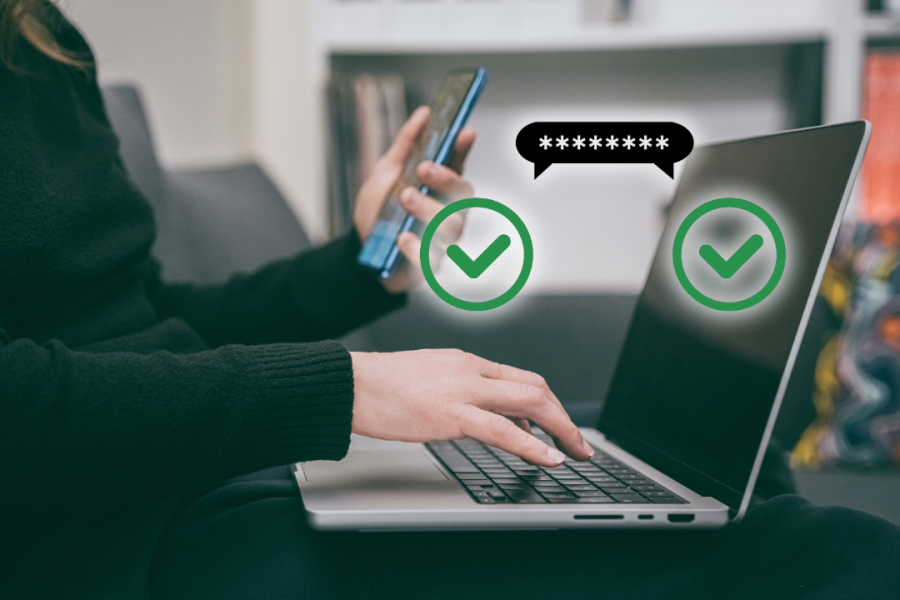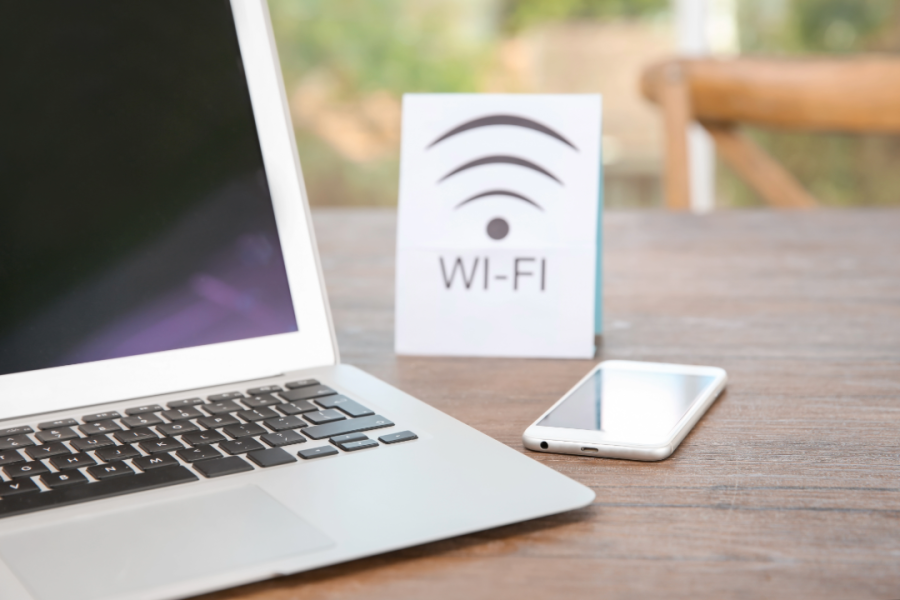

As the blossoms of spring begin to emerge, the season provides an opportune moment to refresh not only our physical surroundings but also our digital environments. In today's rapidly evolving technological landscape, spring cleaning your digital services is a crucial step towards safeguarding your data and preventing cybersecurity attacks. This article explores effective strategies to declutter, secure, and optimize your digital workspace, ensuring a robust defense against potential cyber threats.
Take this opportunity to review the software and apps installed on your devices. Removing unused applications is a great way to free up space, improve performance, and reduce the number of applications to keep updated with the latest security fixes:
✔️ Remove Unused Applications
Just like the clothes in our closet, we tend to accumulate applications that we no longer use. These dormant programs can become potential entry points for cyberattacks or breaches. At least twice a year, conduct a thorough review of your installed applications and uninstall any that are no longer necessary. If the application requires a sign in to a website or cloud service, remove the account as part of the uninstall process to protect yourself from future compromises and minimize your online footprint.
✔️ Update Operating Systems, Firmware Versions, and Apps
Ensure that your operating system, mobile device firmware, and all installed apps are updated to their latest versions. Software publishers frequently release patches and updates to address security flaws and improve performance. Enabling automatic updates can streamline this process and ensure that you are always protected, however it’s best to verify the updates are, in fact, occurring a few times a year.
Weak and frequently reused passwords are commonly exploited by fraudsters and cybercriminals. Lengthening your passwords and employing robust authentication methods like Multi-Factor Authentication (MFA) and secure password vaults can significantly enhance your digital security. Never reuse passwords, and ensure credentials for online banking, investment accounts, and email are protected with MFA.
✔️ Create Strong, Unique Passwords
Avoid using short easily guessable passwords. Instead, create long, unique passwords or pass phrases (multiple words strung together) for each of your accounts. Do not reuse passwords! That way, if one site is compromised the stolen credentials cannot be used to gain additional access. Also consider using a reputable password manager to generate and store these complex passwords and provide single-sign-on capability.
✔️ Enable Multi-Factor Authentication (MFA)
Multi-Factor Authentication (MFA) adds an extra layer of security by requiring a second form of verification in addition to your password. This could be a code sent to your mobile device or an authentication app. Enabling MFA on your accounts can thwart unauthorized access even if your password is compromised. Avoid using email as an MFA destination to protect against additional compromises should your email account get breached.

✔️ Use your Password Manager to Identify Breaches
When you use a password manager to store your credentials securely, you may get alerts in the event your password is identified in a data breach. If your password manager notifies you your password has been compromised, change it immediately. Make sure to enable MFA for your password manager.
Regularly reviewing your accounts and verifying their security is essential to maintaining a safe digital environment.
✔️ Review Account Permissions
Conduct an audit of the permissions granted to various applications and services linked to your accounts. Revoke access to any that are unnecessary or that you no longer use. This minimizes the risk of unauthorized access through third-party applications.
✔️ Review your Privacy Settings
Make sure you change your privacy or security settings to protect against threats. Don't know where to find them? Use these direct links courtesy of the National Cybersecurity Alliance to check your online settings on popular devices and services or read about your platforms’ privacy policies.
✔️ Monitor Account Activity
Regularly monitor your account activity for any unusual or unauthorized actions. Many online services provide activity logs and alerts for suspicious behavior. Promptly addressing any anomalies can prevent potential security breaches.
Data loss can occur at any time and is not only related to cyberattacks. Hardware failures, or accidental deletions are also fairly common. Regularly backing up your data ensures that you can recover important information in the event of any disaster.
✔️ Use Cloud and Local Backups
Utilize a combination of cloud and local backups to store your data securely. Cloud services offer the advantage of remote access and redundancy, while local backups provide immediate access to your files. Schedule regular backups to ensure that your data is consistently protected. Safe deposit boxes are an excellent option to store physical backups of critical data.
✔️ Test Your Backups
Regularly testing your backups is crucial to ensure their reliability. Verify that you can successfully restore your data from both cloud and local backups. This proactive approach guarantees that your backups are functional when you need them most.
✔️ Backup Strategy for MFA Authenticators
Consider preparing for potential access loss due to device changes or loss by establishing recovery options and backups.
Securing your network is a foundational aspect of protecting your digital services from cyberattacks.
✔️ Secure Your Wi-Fi Network
Ensure that your Wi-Fi network is secured with a strong password and encrypted using WPA3, the latest and most secure Wi-Fi encryption standard. Avoid using default passwords provided by your router manufacturer, as these are often easily guessable. Use a long passphrase for your key instead of a short password.

✔️ Use a Virtual Private Network (VPN)
A Virtual Private Network (VPN) encrypts your internet connection, protecting your data from eavesdropping and interception. Using a reputable VPN service is especially important when connecting to public Wi-Fi networks, which are often less secure.
Human error is a significant factor in many cybersecurity incidents. Educating yourself and your team about best practices can mitigate the risk of falling victim to cyberattacks.
✔️ Stay Informed About Threats
Stay informed about the latest cybersecurity threats and trends. Various online resources, such as security blogs and news sites, provide valuable insights into emerging threats and how to counter them.
✔️ Conduct Security Training
If you manage a team, conduct regular security training sessions to educate your employees about cybersecurity best practices. Topics to cover include recognizing phishing emails, safeguarding sensitive information, and maintaining good password hygiene. You can also leverage free tools, such as these training videos from the National Cybersecurity Alliance. They are entertaining while being educational!

Spring cleaning your digital services is a proactive measure that can significantly enhance your cybersecurity posture. By updating software, strengthening passwords, auditing accounts, backing up data, securing your network, and educating yourself and your team, you can create a robust defense against potential cyber threats. Embrace the season of renewal and revitalize your digital workspace to ensure a safer and more secure online experience.
Previous: Radius Forecast 2025 Next: 2025 Teach Children to Save